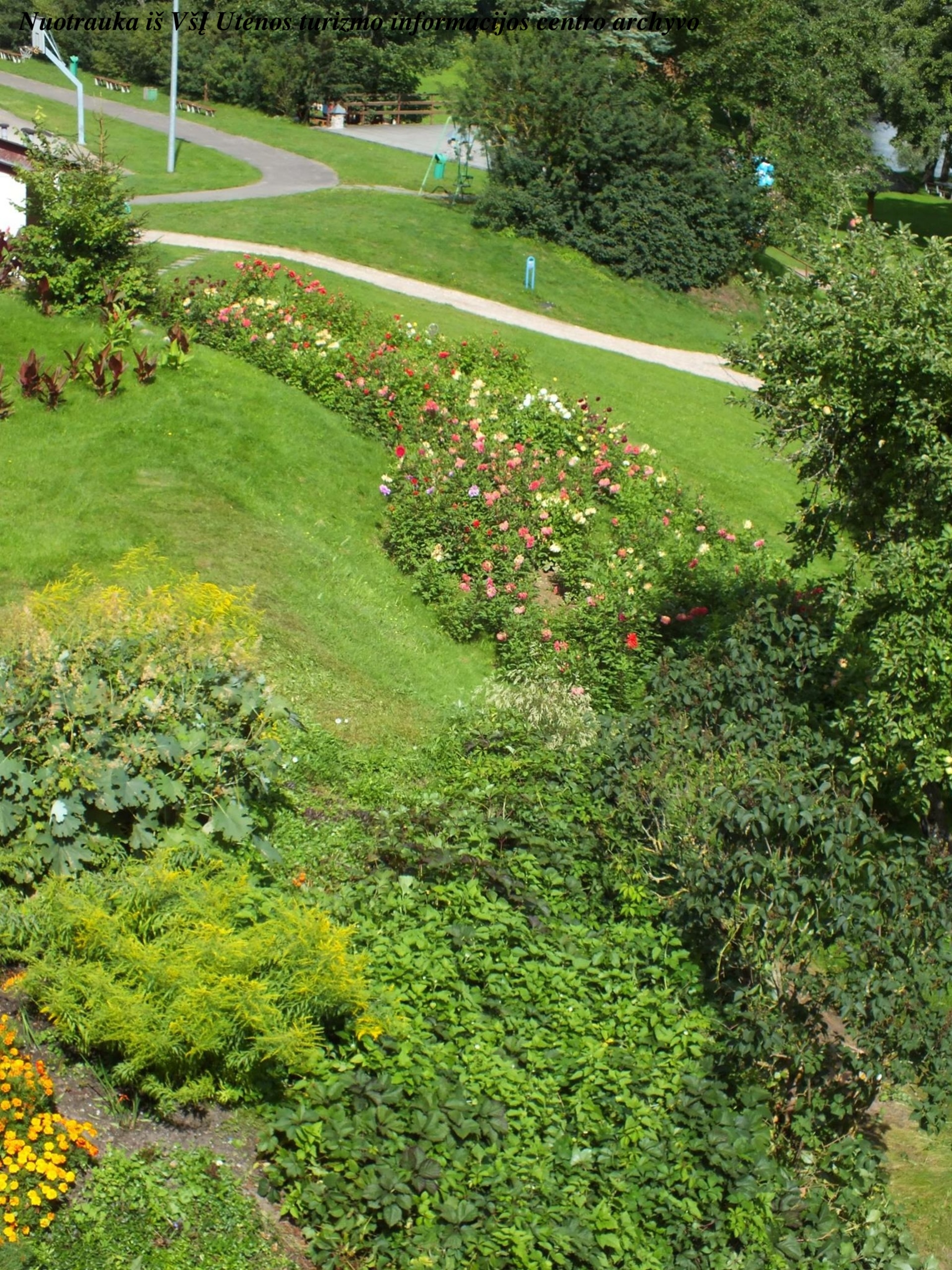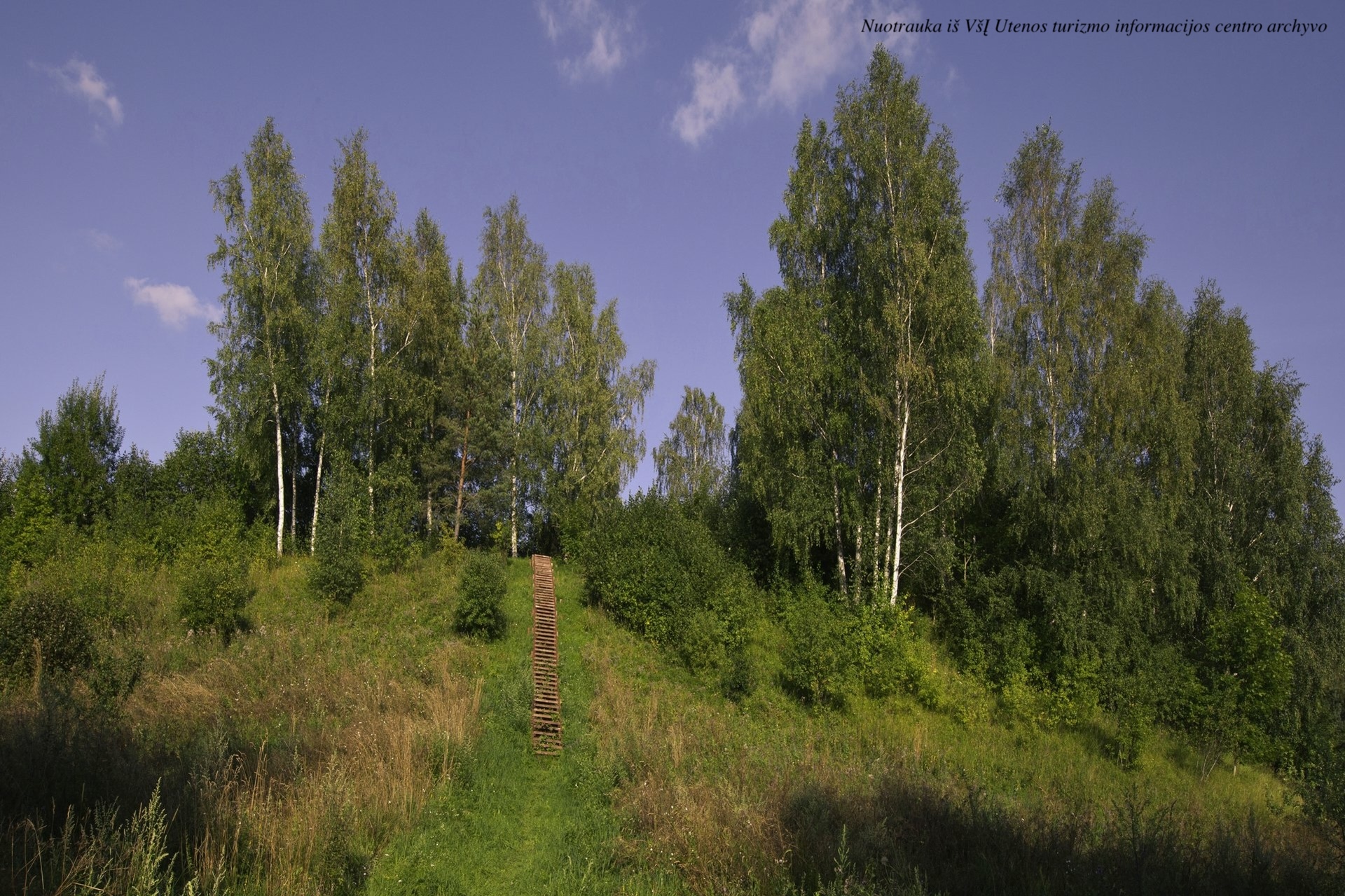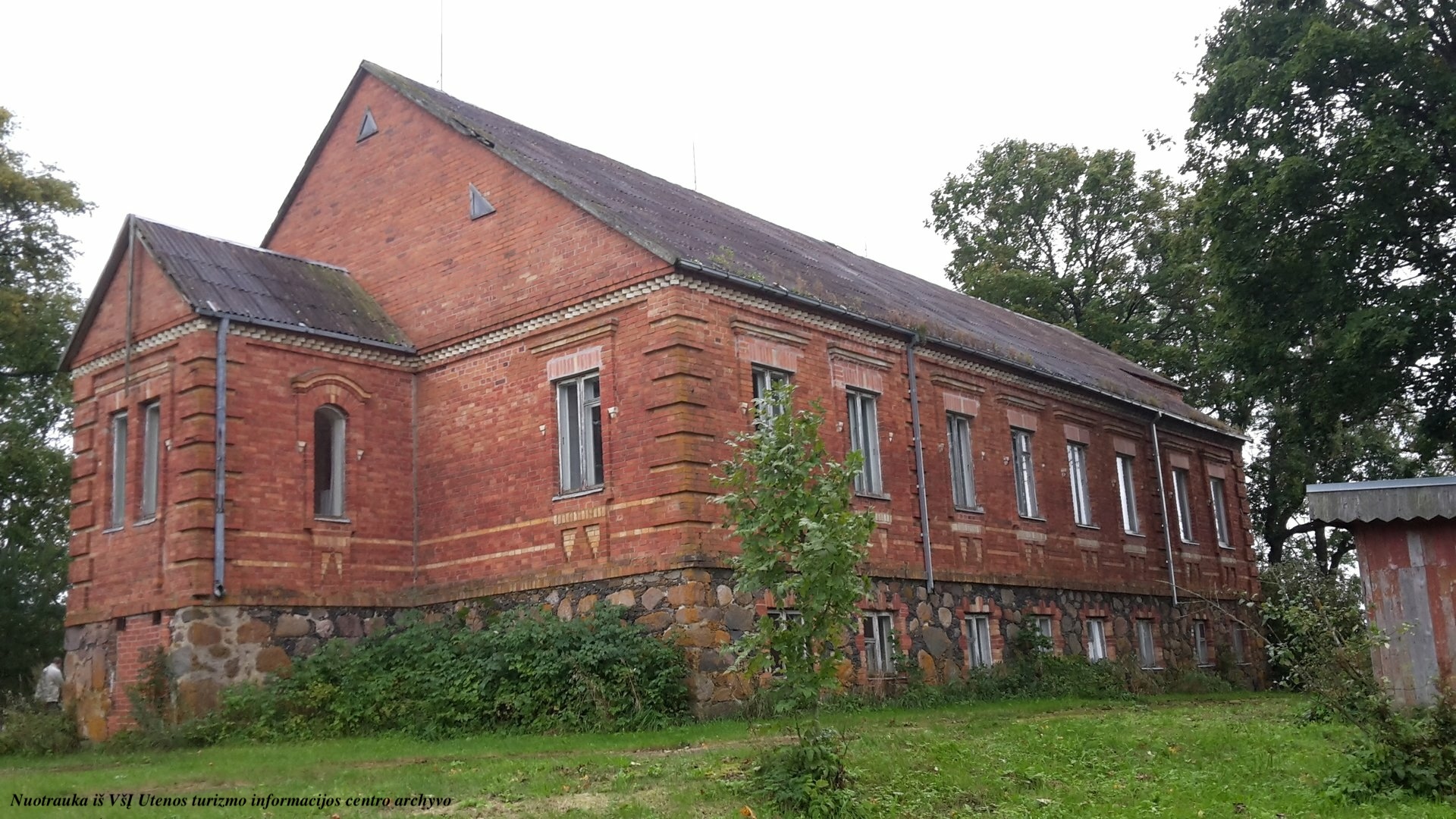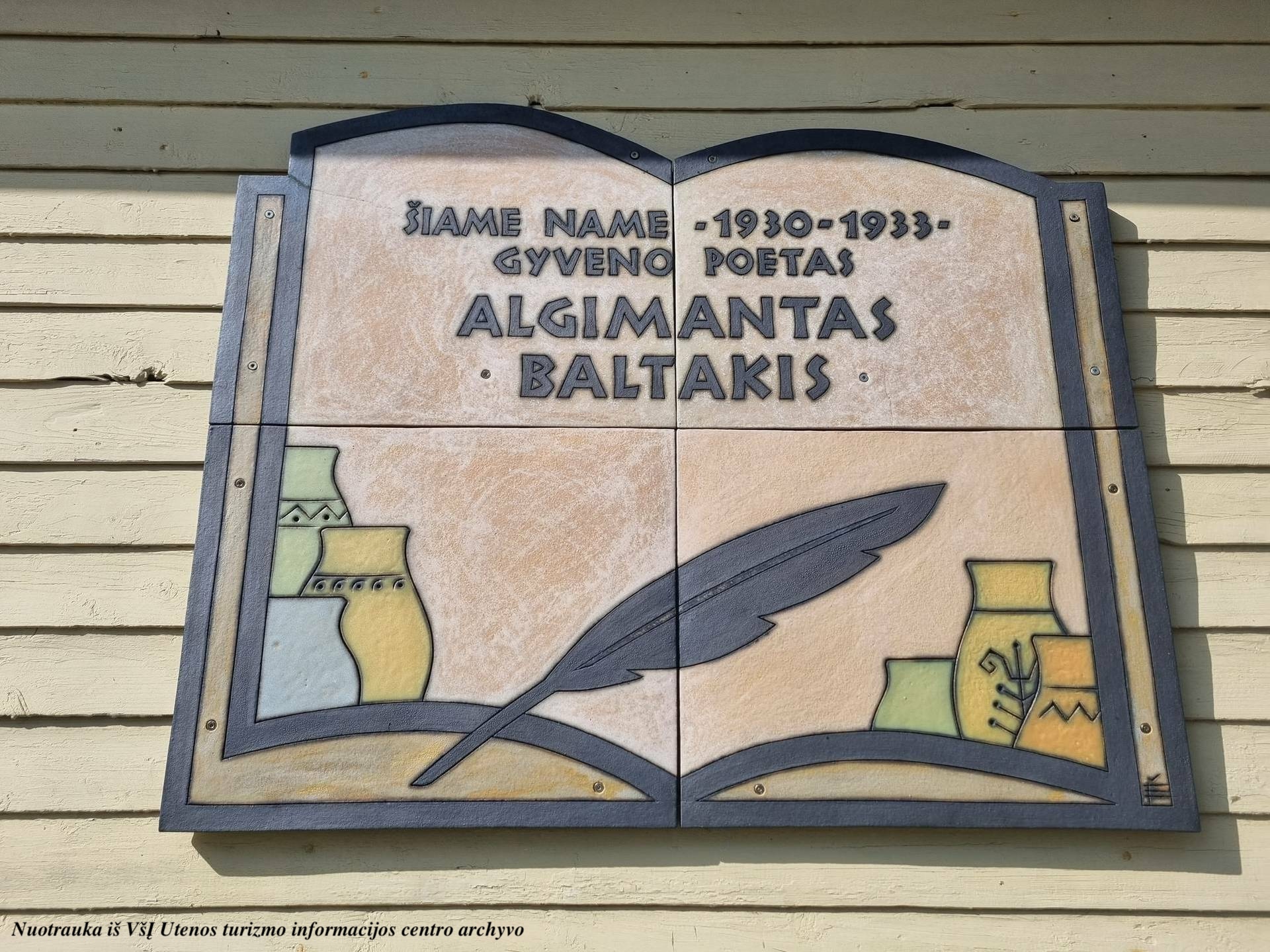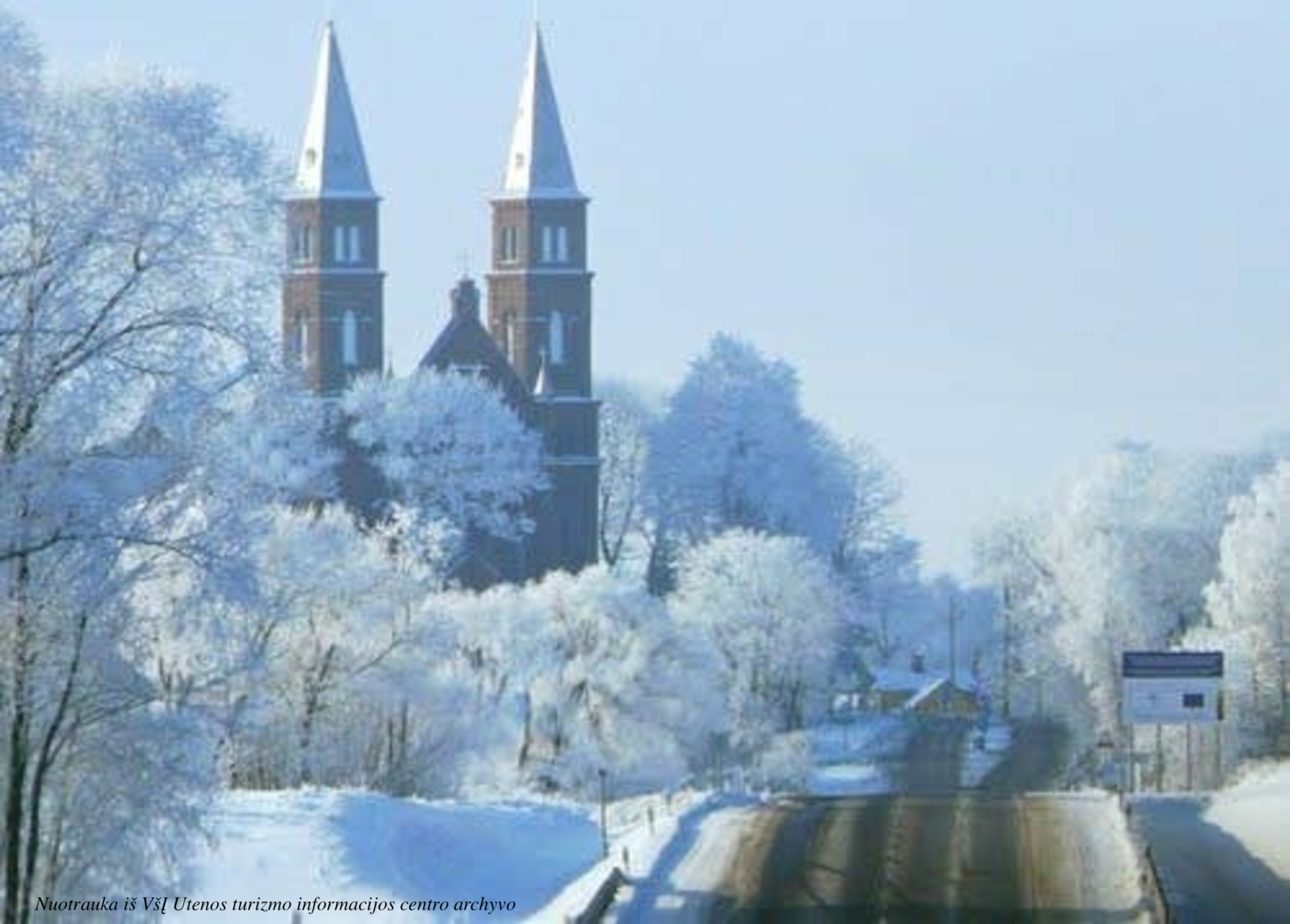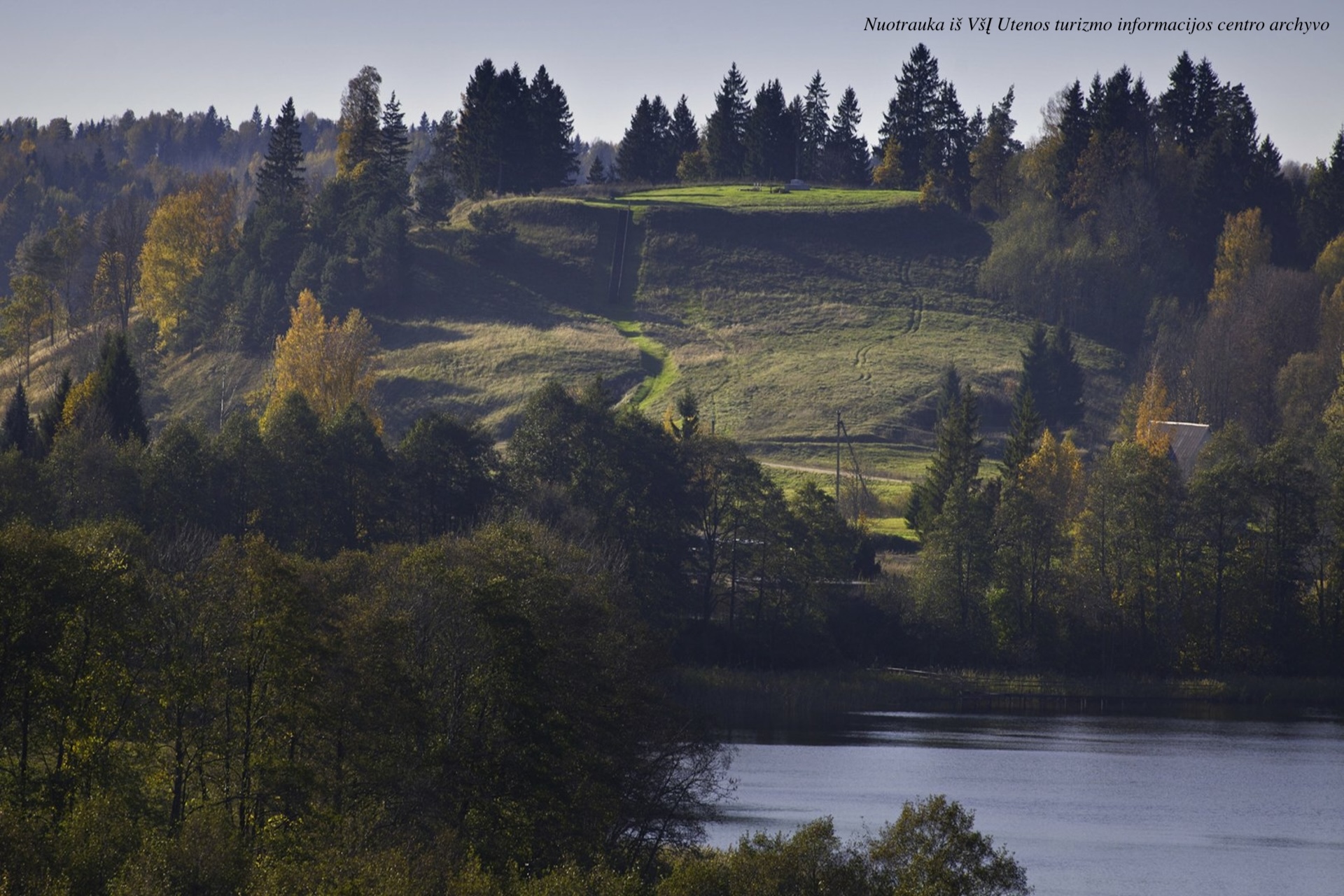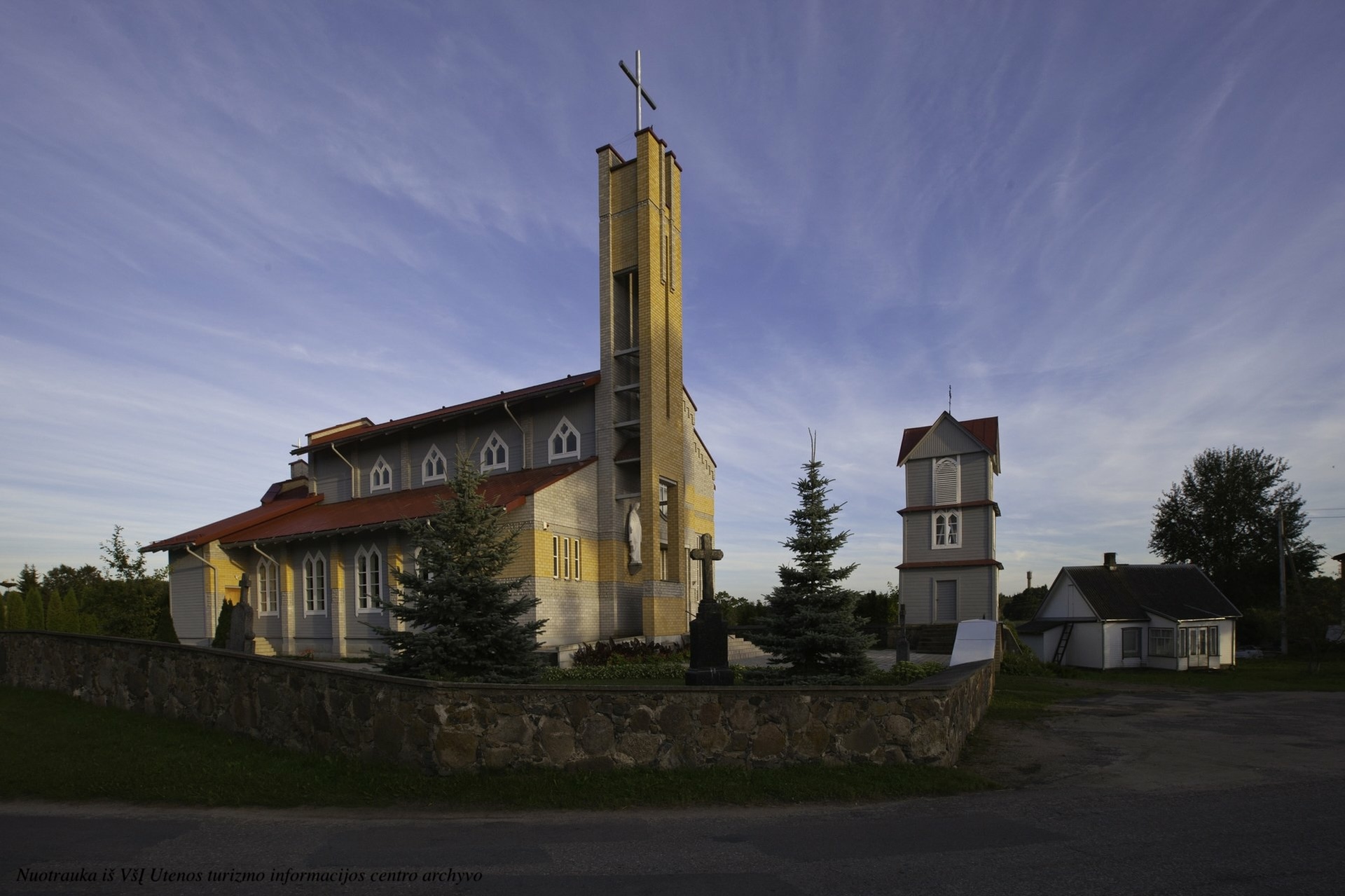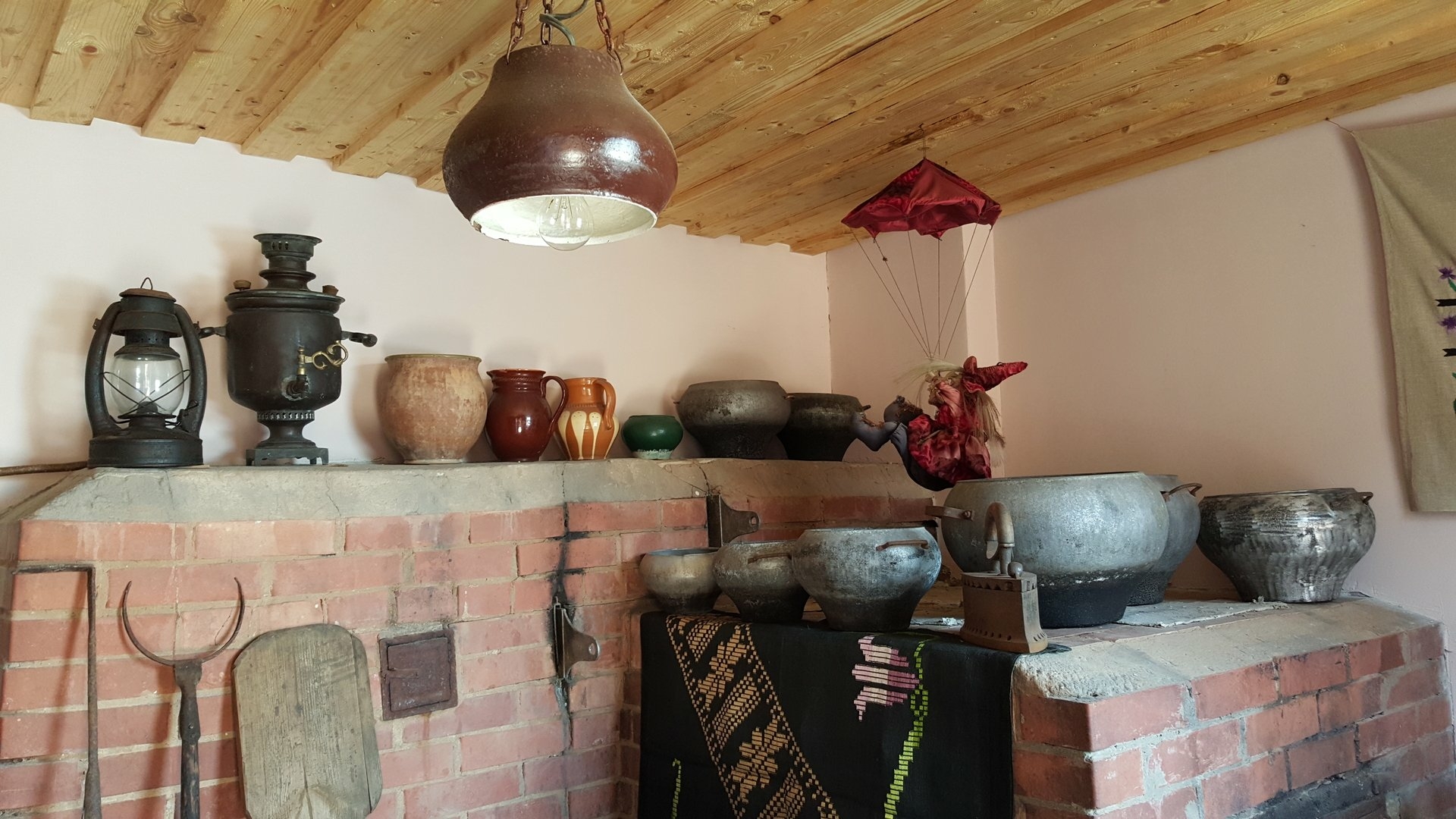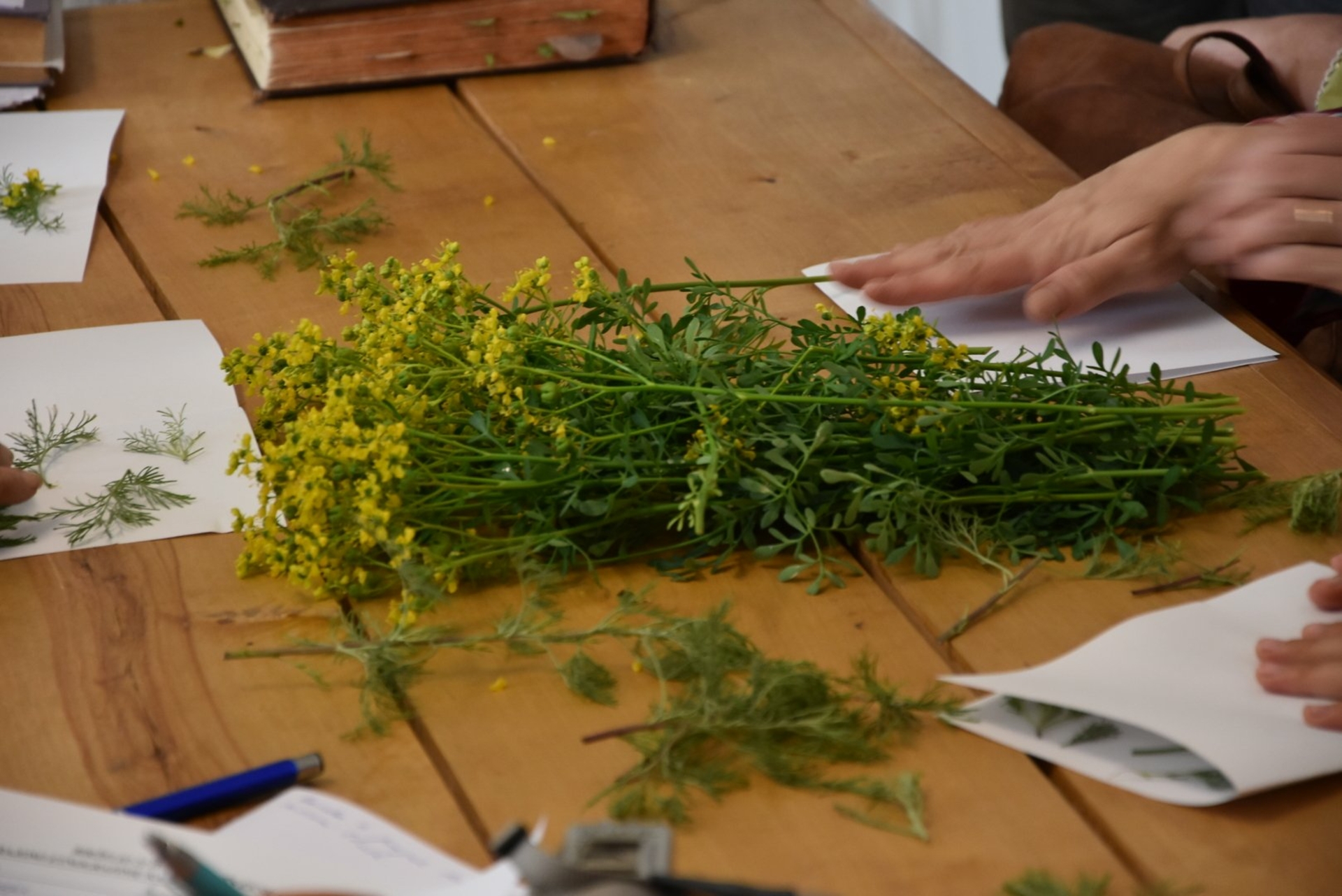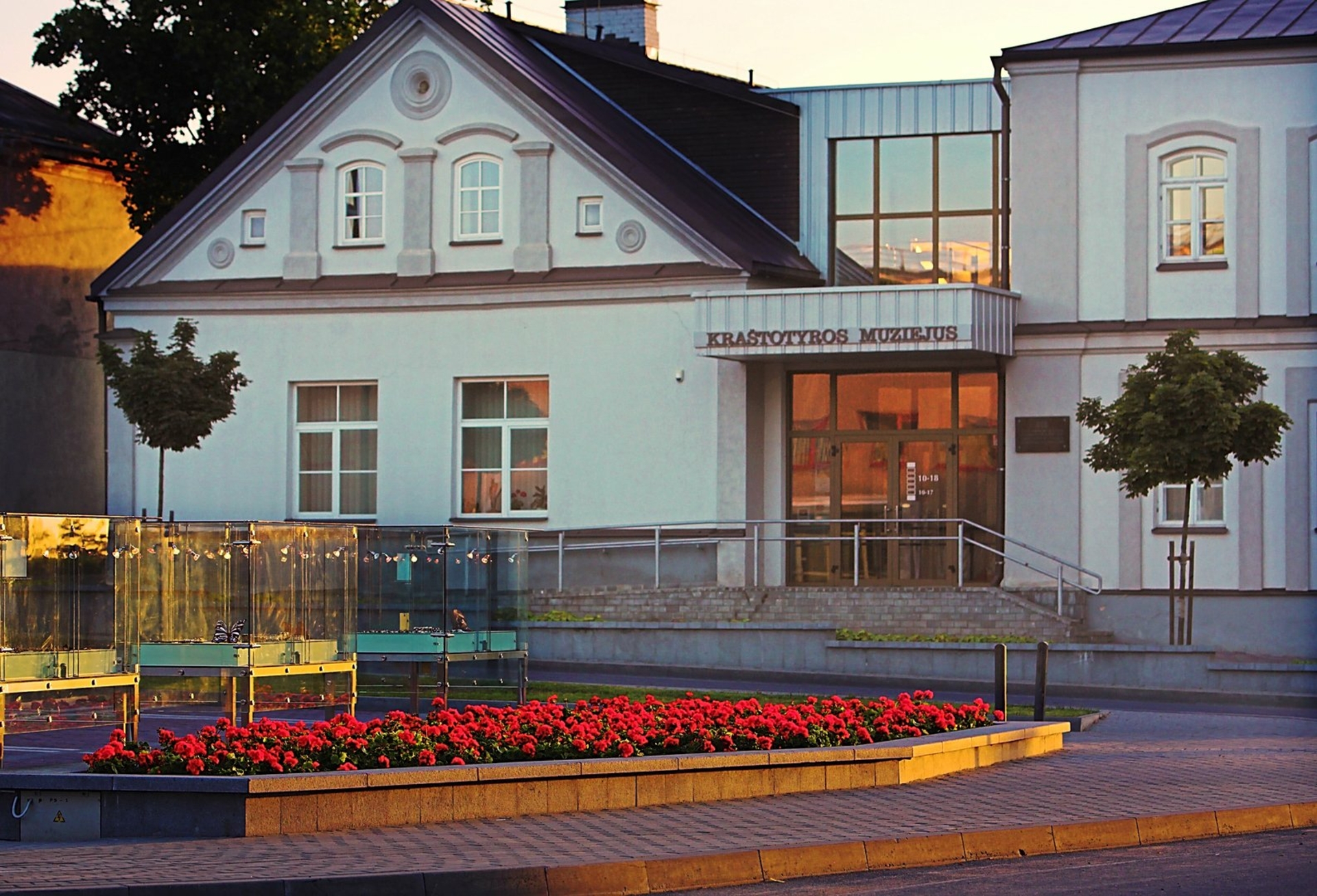The Church of the Blessed Virgin Mary in Sudeikiai

63

0

0
The history of the Sudeikiai church dates back to ancient times, but the details of its origin are described differently. According to folklore, after the Bikuškis church burned down, the owners of the Degsniai and Bikuškis estates decided to build a new church but disagreed on the location. Eventually, they decided to ride out from their estates and construct a place of worship where their paths would cross. They met on the Sudeikiai hill, and it was there that the new church was built. The legend also states that many stones were needed for the church's construction, which were transported from the surrounding villages, including stones from the Hill of Alkos.
Info
-

Religious Heritage
-
Whats new?
Nearby attractions
Nearest museums
Nearest food establishments translate this into LT

 Entertainment
Entertainment
 Food establishments
Food establishments





























 55.58356, 25.684886
55.58356, 25.684886
 Get directions
Get directions








